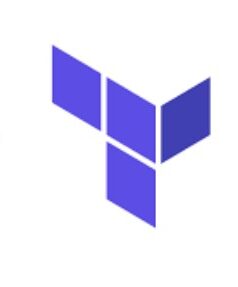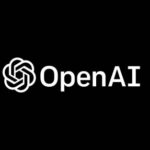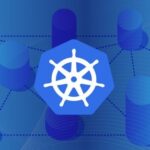Terraform is an Infrastructure-as-Code (IaC) tool used for automating the provisioning of infrastructure. It has become increasingly popular in recent years due to its flexibility and ability to work with many different tools and services. In this blog, we’re going to take a look at the workflow of Terraform and how it can be used to quickly and easily manage your infrastructure.
The core idea behind Terraform is that it allows you to define the desired state of your infrastructure using code, rather than using manual configuration or scripting. You can use any programming language to describe your infrastructure, but typically, people use a domain specific language (DSL) called HashiCorp Configuration Language (HCL).
The first step in the Terraform workflow is to write your code. This is done by building out the desired state of your infrastructure and referencing external data if needed. This code is then saved in the *.tf file format and can be used to create resources on cloud providers such as Amazon Web Services and Google Cloud Platform.
Next, Terraform automatically generates a plan of action based on the code you’ve written. This plan is composed of a series of operations that describe exactly how Terraform should go about creating and updating your infrastructure. It’s important to review the Terraform plan to verify that it will do what you intended.
Once the plan is approved, Terraform applies the changes to your infrastructure. This process involves creating or updating resources according to the plan, which can take some time depending on the complexity of the change. Once the changes are applied, Terraform will report back to you on whether the changes were successful or not.
Finally, Terraform has the ability to track the ongoing state of your infrastructure. This means that Terraform can check to see if your resources have changed since it created or updated them. If so, it can update the configuration to ensure they remain in the desired state.
That’s it! As you can see, Terraform is an incredibly powerful tool for managing infrastructure. By following a consistent workflow and reviewing each step of the process, you can maintain your infrastructure reliably and with ease.




